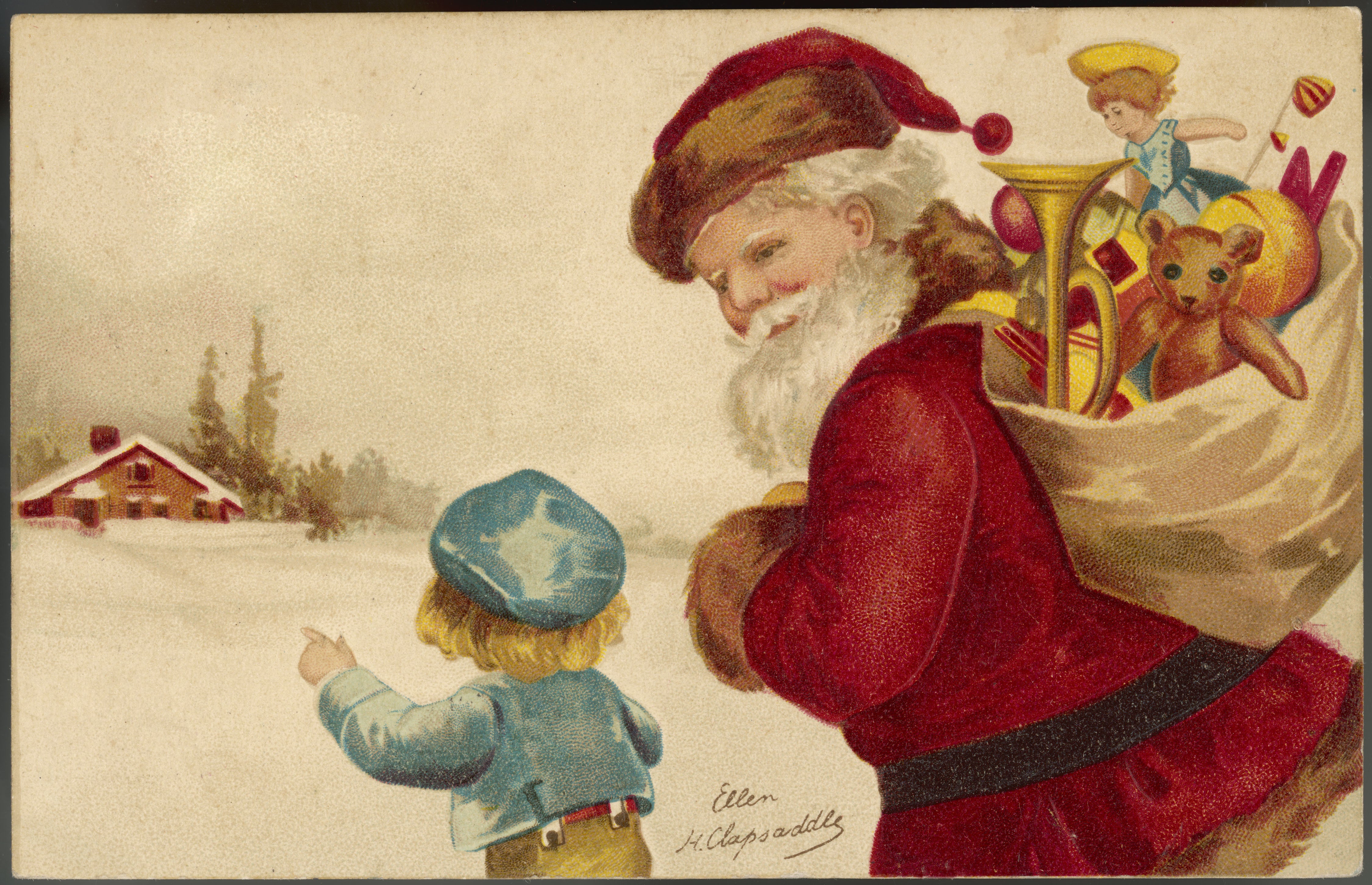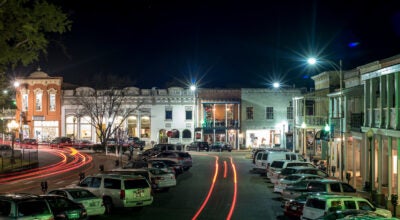Do you know the history of Santa Claus?
Published 2:00 pm Wednesday, December 22, 2021
Do you know the history of Santa Claus?
The character of Santa Claus is believed to descend from Bishop Nicholas of Myra, who lived in the fourth century. Historians set his birth at between 250 and 270 in Lycia, present-day southwestern Turkey, and estimate that he became the Bishop of Myra around 315.
Curiously, the Church celebrates his birthday not on December 6, but on the day of his death. Saint Nicholas was popular in his lifetime and had the reputation of being a miracle maker. His most famous achievement was the resurrection of three young boys killed and placed in a salting tub by a butcher.
The episode led him to be regarded as the patron saint of schoolchildren.
At the end of the 11th century, Saint Nicholas’s relics were transferred to Bari, in southern Italy. His cult began in Northern Europe at the time of the Crusades, particularly in Lorraine, of which he became the patron saint in the Middle Ages. He is credited with one particular miracle: liberating the city of Nancy, capital of the Duchy of Lorraine, from its Burgundian assailants. The Basilica of Saint-Nicolas-de-Port, located about ten kilometers from Nancy, was dedicated to him in the 15th century.
Today, one can still admire the stained-glass depiction of Nicholas carrying a bishop’s cross and miter. The city of Port – now called Saint-Nicolas-de-Port and renowned for its fairs and markets – extended Saint Nicholas’s worship well beyond the Duchy, to Germany, Belgium, Poland, and the Netherlands, where he became known as Sinterklaas.
The cult of Saint Nicholas did not escape Europe’s religious upheavals. In Germany, where the Reformation led by the monk Martin Luther banned saint worship, Nicholas was replaced by ChristKindl (Christ Child). Even as Saint Nicholas was “chased away” from the Lutheran Protestant regions, he was welcomed in the Netherlands, despite its Calvinist majority. The Feast of Saint Nicholas painting – executed in the 17th century by Jan Steen – for the first time depicts a family celebrating the Feast of Saint Nicholas.
When a group of Dutch Calvinists fleeing religious persecution in the 17th century set sail for the New World, they carried the legends and exploits of Sinterklaas with them. These immigrants, founders of New Amsterdam (the future New York), introduced Sinterklaas in their new homeland. Yet his Dutch name was distorted and Americanized into Santa Claus.
By the end of the 18th century, at the time of the 1776 Revolution, Santa Claus became the symbol of American resistance against the British occupying forces! Saint Nicholas was “borrowed” from this Dutch tradition – introduced in America by the earliest Dutch immigrants – for political reasons: as a kind of antidote to Christmas, which was celebrated by the English enemy and by the British colonial monarchy. His new fame spread all over the New World.
More than a century passed when the writer Washington Irving published A History of New York in 1809, comically told by the make-believe historian Dietrich Knickerbocker (Washington Irving’s pen name). The book helped popularize the character of Santa Claus and give him an unprecedented profile. A few years later, in December 1823, Clement Clark Moore, a professor at New York’s Episcopalian seminary, published a poem intended for his own children – called Twas the Night Before Christmas – in The Sentinel, a New York state newspaper. He presented an unseen Santa Claus, a cheery fellow with ruddy cheeks: “He had a broad face and a little round belly; That shook when he laughed, like a bowlful of jelly! He was chubby and plump, a right jolly old elf.”
Before long, countless American artists were inspired by the character. The most famous among them was Thomas Nast (1840-1902), a caricaturist of German descent and godfather of the American cartoon. It was he who created the symbol of the Republican elephant and the Democratic donkey, and who popularized the figure of Uncle Sam.
In 1885, Santa Claus left the streets of New York for the North Pole, a region still wrapped in mystery. During the 1840s and 1850s, a series of Arctic explorations had piqued the public’s interest in this region.
The following year, the writer George Webster revived Nast’s idea, noting that Santa Claus’ toy factory and home were buried in the snows of the North Pole the rest of the year. In parallel, Louis Prang (1824-1907), the man who introduced Christmas cards to the United States in 1875, also took part in developing the “cliché” by depicting Santa in a snowy and icy setting, wearing a big coat with a hood lined with white fur, boots, and a cloth bag for toys. The former Bishop Nicholas, deprived of his miter and cross, was completely unrecognizable as a jolly grandfather with a long white beard.
In 1875, Louis Prang, the father of the American Christmas card, printed a series of postcards with a Santa Claus in a red costume. Did he invent the costume’s red color? Probably not, but he is the one remembered in history. In 1931, Coca-Cola decided to broaden its market to children. The Atlanta-based company asked Haddon Sundblom, an illustrator of Swedish descent, to depict a paunchy, smiling Santa Claus, dressed in red, with ruddy cheeks and an elfish look.
Sundblom drew on American illustrations and those of one of his compatriots, Jenny Nyström (1854-1946). Beginning in 1881, she had published postcards depicting Nordic elves that also followed the Saint Nicholas tradition. Her paintings remain popular in Sweden today, where they are reprinted every year.
Above all, Coca-Cola’s red and white colors determined those of Santa Claus’ contemporary uniform. As for France, it adopted the Santa Claus theme by giving him nice big cheeks, a red costume and a sack filled with toys, and officially renaming him le Père Noël.
In the aftermath of World War II, the figure of Santa Claus became as well established as Coca-Cola and chewing gum, proving that its popularity was tied to America’s prestige in France in the immediate postwar period. (Taken in part from Wikipedia and France-Amerique Magazine)
Gene Hays is an author and historian with several books on Amazon.com and can be reached at rghays47@gmail.com.







